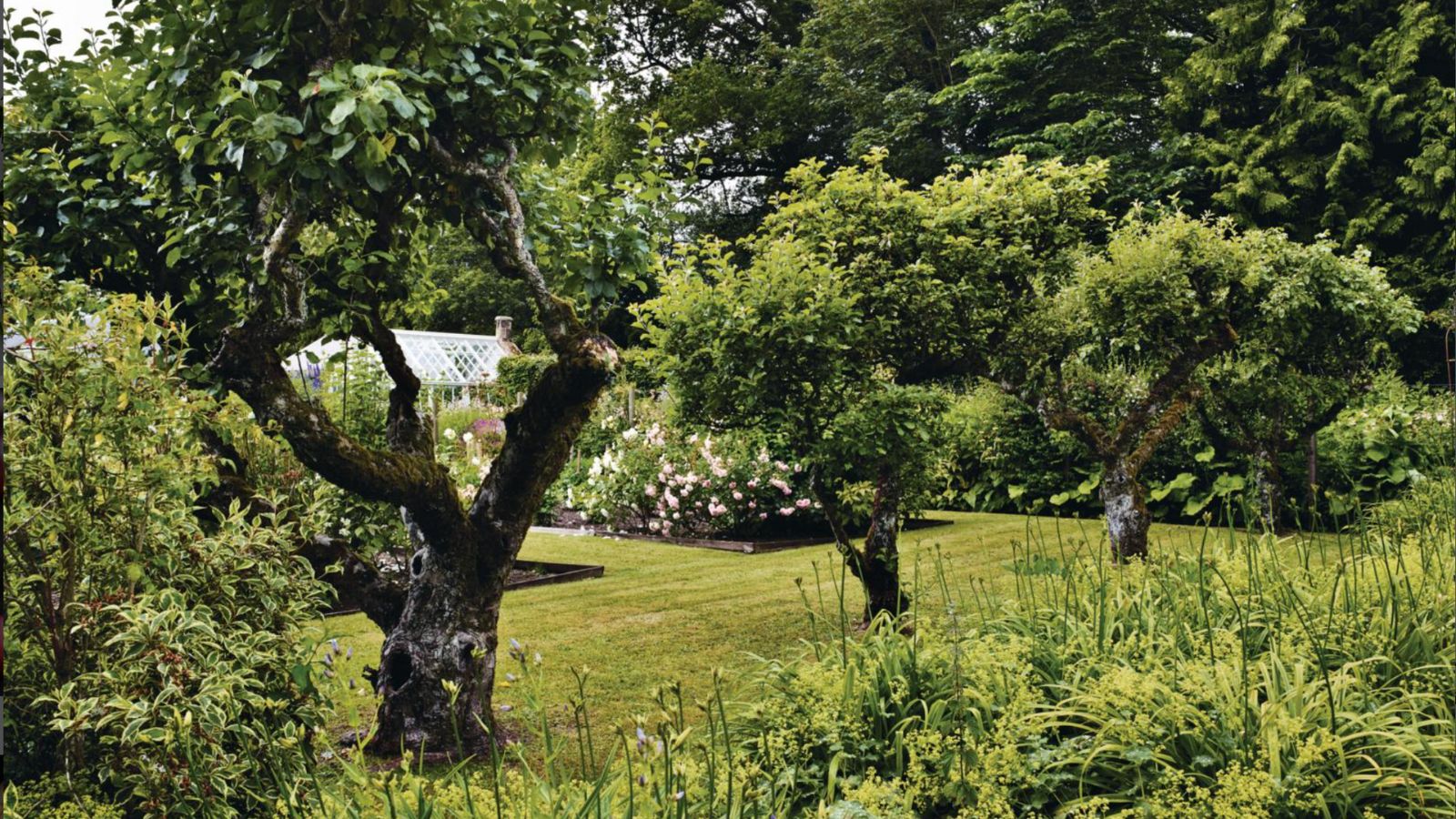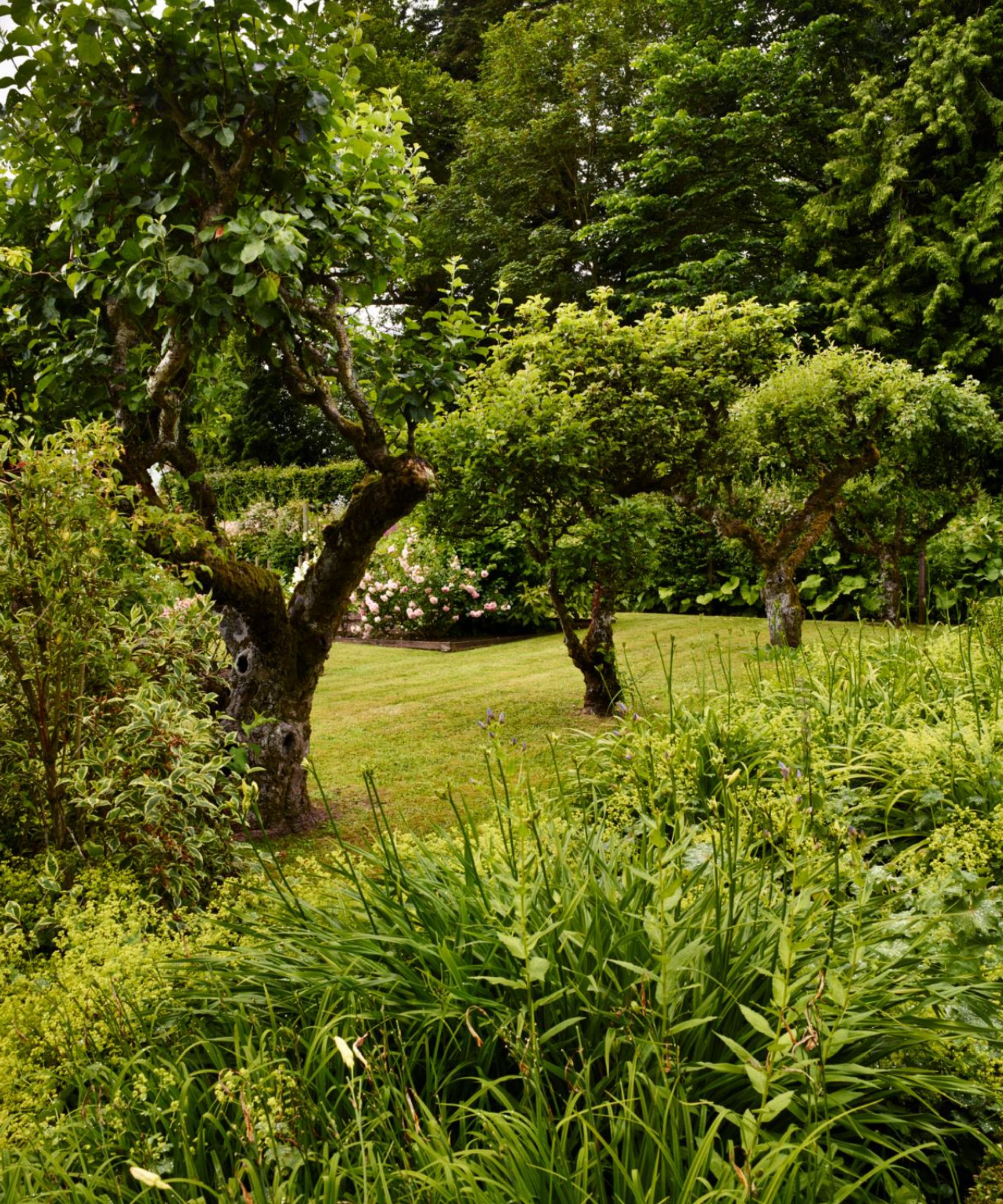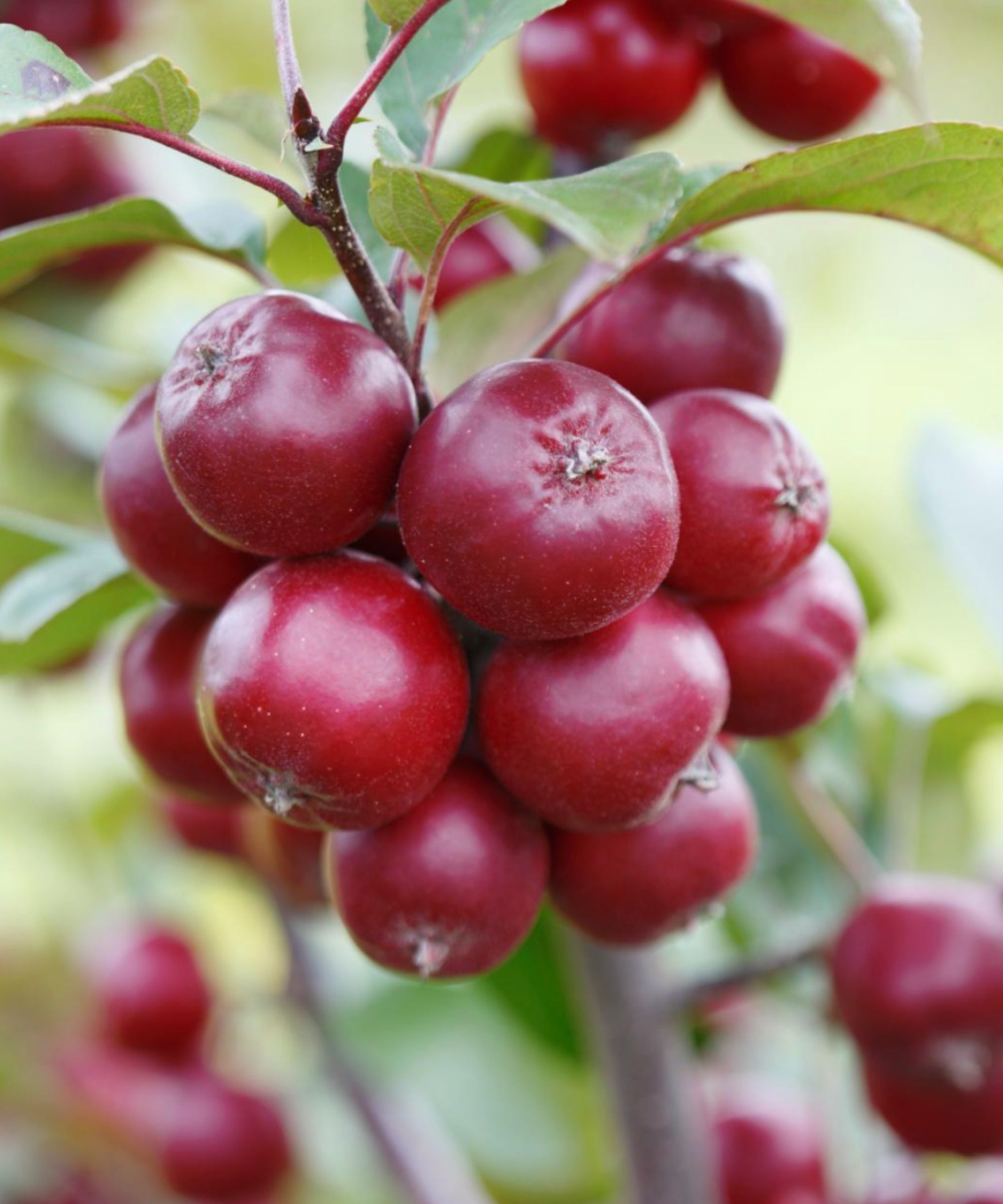When to prune an apple tree – for a bountiful harvest next year
Learn when to prune an apple tree so you can create a balanced, bountiful tree year after year


If you want to increase the chances of bountiful apple harvests each year, it is worth learning when to prune an apple tree.
It is one thing knowing how to prune an apple tree, but experts suggest it is all about getting the timing right when it comes to this fall garden task. Whether you want to simply tame your large apple trees or are looking to actively improve your tree's crops, set out a gardening schedule to get your pruning right and avoid damaging your plants.
Here, we talk to an expert to learn his pruning secrets to get the most out of your apple tree pruning each year.

Tim Marshall, Raby Castle’s head gardener, has had a career which spans nearly three decades and has taken him all over the world. Now working across County Durham’s Raby Estates, Tim is leading the transformation of the walled garden and the grounds to the north of the castle in the project known as The Rising — working with other high profile garden designers as well as his home team.
When to prune an apple tree

'I tend to carry out the main heavy pruning of my apple trees when they are dormant after their leaves have dropped,' explains Tim Marshall, Raby Castle’s head gardener. 'This is usually from around November until the end of February.' Pruning an apple tree is the same as how to prune fruit trees generally, making this a useful skill to have if you have any sort of vegetable garden ideas.
'I will also carry out a lighter prune in August, especially for the cordon and other trained trees, when any new growth is reduced to around two to three leaf buds.' When pruning in August, make sure to limit how much growth you trim off to avoid damaging your plant. Save your full pruning until later in the year.
November is also a great time to consider planting apple trees in your garden if you want to expand your at-home orchard.
The benefits of pruning an apple tree

There are several advantages to pruning an apple tree, or any of the best fruit trees for that matter.
Design expertise in your inbox – from inspiring decorating ideas and beautiful celebrity homes to practical gardening advice and shopping round-ups.
'Keeping an apple tree well pruned helps the tree focus its energy on flower and fruit production,' Tim continues. 'It keeps the tree to a manageable size so harvesting and its care is within easy reach of the owner. Summer pruning helps to give additional light to the fruit and encourages the tree to focus its energy on the apple crop rather than green growth.'
'Pruning of fruit trees allows for the elimination of damaged, dangerous or diseased growth,' Tim adds. When pruning your trees, keep an eye out for signs of apple canker on stems, lichen on the tree, or any other abnormal growths that may signal disease or stress. These are often not damaging to the tree itself however may indicate poor health.
How much can you cut back an apple tree?
As with most garden pruning, you should avoid cutting back the majority of your apple tree. Aim to remove no more than 25% of the tree canopy in any one cutting. Removing any more than this could result in poor growth or harvests in the following years and, in the worst case, kill your tree.
Should I prune my apple tree every year?
For the best growth and harvest, an apple tree should be pruned each winter to allow for more fruiting wood. Trees that are not pruned yearly can become congested with old wood and therefore drop in productivity resulting in small to near non-existent harvests.

Chiana has been at Homes & Gardens for two years and is our resident 'queen' of non-toxic living. She spends most of her time producing content for the Solved section of the website, helping readers get the most out of their homes through clever decluttering, cleaning, and tidying tips. She was named one of Fixr's top home improvement journalists in 2024.